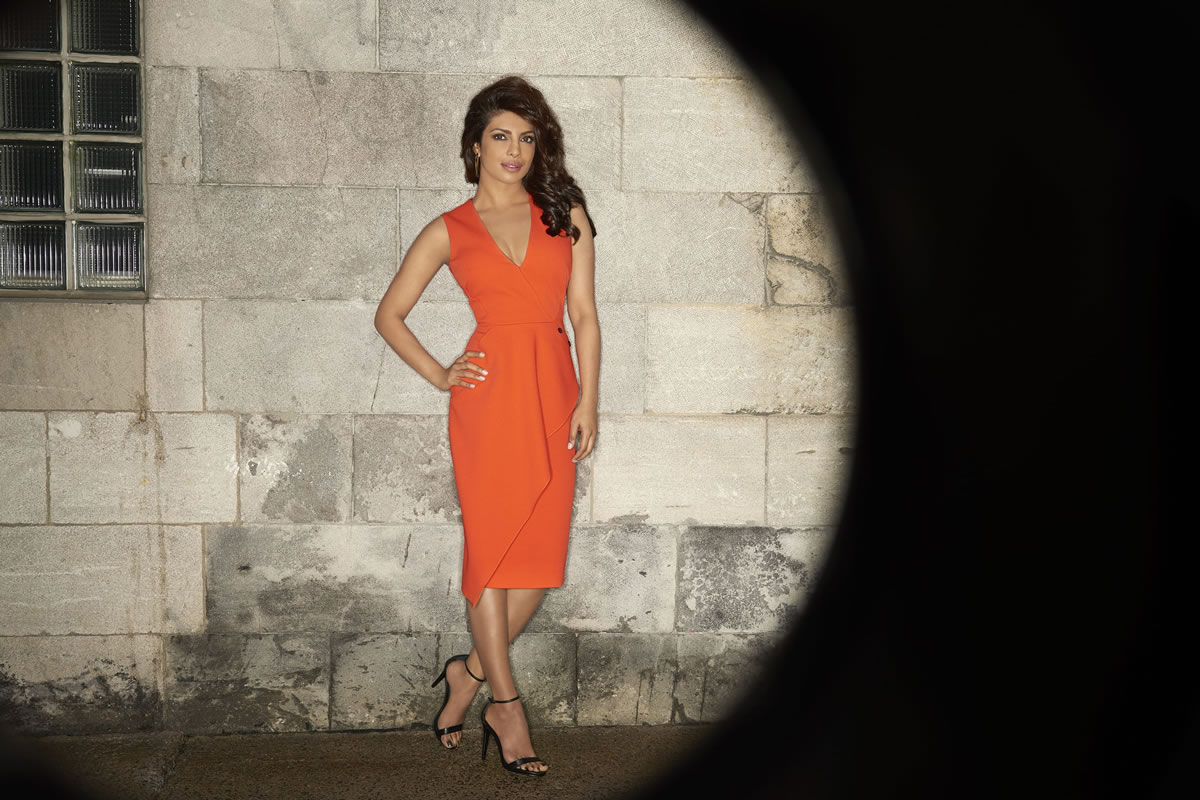This year, it became impossible to turn on your television without noticing a major sea change: People of color are the stars of shows on almost every network and streaming service. It’s the year Hollywood (er, for the most part) stopped making excuses for its all-white shows and dabbled in diversity.
Who knows if it will last? But here’s a reason it should: Television isn’t just getting more diverse. It’s finally beginning to feel authentic.
There’s no better example than “Master of None,” Aziz Ansari and Alan Yang’s 10-episode miniseries, which premiered on Netflix early this month. In it, Ansari plays Dev Shah, an actor navigating his 30s — a basic enough concept, set in that typical camera-ready city New York. So why does it feel like the most revolutionary thing on television, ever?
I say this not because in “Master of None,” I saw a character who looked like me. Or because I can relate to “Parents,” the episode in which Dev tries to better understand the worldview of his immigrant parents (with Ansari’s real mother and father in the roles); I also relate to the charming “Nashville,” about an epic date in that blissful cocoon phase of a relationship.
What’s extraordinary about “Master of None” is that its protagonist is a person of color who’s simply … normal.
That’s not lazy wording on my part. I’m lifting “normal” from Shonda Rhimes, the creator of “Grey’s Anatomy” and “Scandal” and one of television’s most proactive champions of casts that reflect American demographics. “Normal,” she has argued, should be the new “diversity” when we think about the future of television. “I’m normalizing TV,” Rhimes told the Human Rights Campaign this spring. “I am making TV look like the world looks.”
Right now, is there TV that looks more like the world than “Master of None”?
The show lassos us into the world of Dev, in almost every way just another unsure television 30-something overthinking work, relationships and the existential self. He lives in a city that looks like New York — and not the surreal white New York of “Friends,” or the equally surreal black New York of “The Cosby Show,” or the diverse but crime-ridden New York of “Law & Order: SVU.”
Instead, it’s the real one, or at least the comfortably middle-class real one, where people work with, befriend and date people of all stripes.
Dev’s life in this New York is wholly unextraordinary, aside from the exposed brick and natural light in his one-bedroom apartment. He goes to bars, he picks up women, he eats tacos, and no one tries to arrange his marriage. He just happens to be the child of immigrants and brown-skinned, like a lot of Americans, 38 percent of whom now identify as nonwhite, according to 2014 U.S. census figures.
It makes the white, entitled universe of Lena Dunham’s “Girls” — which was supposed to resonate with the same generation of young adults — seem as grounded in realism as “Full House.”
Television networks and their digital counterparts have made strides in the handful of seasons since “Girls” premiered. They’ve aired and inked deals for dozens of shows featuring African-Americans, Latinos, and Indian- and Asian Pacific-Americans in the lead roles.
They include ABC’s “Scandal” and “How to Get Away With Murder,” and “Jane the Virgin” on the CW; Hulu picked up “The Mindy Project” from Fox, where it ran for three seasons and cultivated a rabid fan base. NBC exhumed the story line of “Heroes” (which garnered its own buzz for the cast’s diversity) for “Heroes Reborn.” HBO has tapped Issa Rae to create “Insecure,” about a modern African-American woman, and it could be on the air next year.
Amazon.com’s “Transparent,” about a family grappling with its patriarch’s transition to being a woman, snagged five Emmy Awards. And Fox was as caught off-guard as the rest of us by “Empire,” its surprise ratings behemoth built around a supremely catchy soundtrack and a plot about a hip-hop mogul and his fractured family unit.
Even the success of these shows hasn’t convinced everyone that diverse casting could be a boon for the shrinking TV audience. This spring, that fairly small uptick in minority-led shows led Deadline to publish an outrageously tone-deaf article — originally headlined “Pilots 2015: The Year of Ethnic Castings — About Time or Too Much of a Good Thing?” before editors scrubbed the title — suggesting that Hollywood had a new “ethnic” quota system that somehow left white actors without jobs.
Arguing that casting people of color on TV is some kind of self-imposed Hail Mary is more than dumb. It plays down how much the demographics have changed since the days of “The Jeffersons” and “The Cosby Show,” when messages often were geared toward predominantly white audiences, said Mary Beltr?n, an associate professor of media studies in the Department of Radio-Television-Film at the University of Texas.
“It’s a new environment we’re all still trying to figure out,” Beltr?n said. “Is (on-screen diversity) a lasting trend? Have things even changed that much?”
The uneasy answer is that they have and they haven’t. It’s glaringly obvious when television’s diversity is meaningful and when it’s old-fashioned tokenism.




